This post has been brought to you by Gancia. All opinions expressed are my own. The following message is intended for those 21+. Please enjoy responsibly.
Today we'll be taking a look at a pair of bottles from one of the world's premier wine regions - Tuscany, Italy. First, we'll be going over some of the area's basics, including what defines good wine from Tuscany, and what makes the region so special to being with. After that, we'll be sampling the wines themselves, before closing off with some pairing suggestions.
The Where - Tuscany (Chianti DOCG), Italy
Today's bottle comes to us from Tuscany, which is arguably one of the most iconic regions of Italian winemaking - which in turn makes it "One of the most iconic regions in 'all' of winemaking."
In turn, the Chianti DOCG, (Denominazione di Origine Controllata e Garantita, or Denomination of Controlled and Guaranteed Origin), is the single best-known Italian wine region within Tuscany, and not without good reason. Chianti, produced from Sangiovese grapes, is recognized for its assorted cherry aromas and flavors, along with pleasantly contrasting savory notes, rich acidity, and full tannins. The first Chianti wine zone dates back over three hundred years to 1716 courtesy of Grand Duke Cosimo Medici. Recognizably 'modern' Chianti, the 'style' or blending of Sangiovese that we all know and love today, dates back to the 1800s, courtesy of Barone Ricasoli of the Castello di Brolio winery.
Outside of the Chianti DOCG, Tuscany is divided across a whopping forty-one DOCs and 11 DOCGs, Italy's regional classification system, which regulates how and where wines are made. Aside from production methods and geography, this classification system also sets rigid quality standards, including but not limited to standardized taste testing.
However, despite the literally dozens of specified production areas and methods into which Tuscany is divided, the bedrock of Tuscan winemaking is a single varietal - Sangiovese. Sangiovese so dominates the region that it is almost impossible to talk about Tuscan winemaking without giving mention to the grape that produces the dry red wines for which Tuscany is famous. Prized for its high acid, 'pleasantly firm' tannins and balance, a quality wine based on Sangiovese will evoke images of ripe dark cherries and black stonefruit, perforated with stark herbal notes. Chianti, Vino Nobile di Montepulciano, and Brunello di Montalcino (all of which we've reviewed here on Living the Gourmet), are just a few of the world-renowned wines produced from Sangiovese.
However, Sangiovese is assuredly 'not' the beginning and end of the story of Tuscan winemaking. For example, the 1970s saw the rise of 'Super Tuscans,' an unofficial term used to describe several high-quality Tuscan wines that were - for one reason or another - excluded from receiving DOC or DOCG status by breaking traditional Italian winemaking norms. Regardless of local labeling, a number of these wines achieved critical acclaim, as well as commercial success, and ended up becoming 'cult wines' that commanded high prices. Over the ensuing decades some of these 'Super Tuscans' were granted DOC or DOCG status - although it can be argued that such status detracted from their 'cult' mystique as 'rogue labels.' Aside from the controversial 'Super Tuscans,' other wines have also seen success across Tuscany, such as Syrah, Merlot, and Cabernet Sauvignon.
Tight regulations and quality standards aside, climate is perhaps the foremost factor in Tuscany's success. The region's warm and temperate coastline is flanked by inland hillsides and mountains, which help temper the region's searing summers, which in turn contributes to increased temperature variation. This temperature variation between the hills, mountains, and warm coastline help balance the sugars and acidity of the region's grapes. Sangiovese performs best when it receives maximum direct sunlight, and as such the hilly terrain of the region is almost tailormade for this grape, with the majority of area's vineyards being planted at elevations of between some five-hundred and sixteen-hundred feet. This higher elevation further increases temperature variance, which further increases the balance in sugar and acidity.
Tasting and Aromatics - The Review
The Chianti opens with aromatics of sliced plum and blackberry preserves. Hints of sundried tomatoes and herbs perforate deeper into the glass. Crusty bread and something 'earthy' also make themselves known, but are background elements. On the palate, the wine is right on the edge between being medium and light bodied, with well-structured tannins. The palate is very dry, featuring notes of leather, oak, and mixed berries.
The Prosecco introduces itself with characteristic bright fruit aromas. Think blueberry, strawberry, and 'mixed melon.' Hints of acacia and lemon cream manifest on second breaths, while something vaguely reminiscent of 'sweet lavender' lingers in the background. On the palate, the wine features a medium acidity, carrying lime zest and raspberry, with a delightful finish. Very pleasant.
What to Eat - The Pairings
With the Chianti, stick to rich, heavy, meaty entrees. For example, a prime rib prepared with a curry and cayenne-based rub mixed with garlic, coriander and cumin. Beef tacos prepared with a "Hellenic mix" of honey, raisins, red peppers, and sweet onions. Conversely, you might also consider an herb roasted rack of lamb, scored and stuffed with a mix of honey, oregano, garlic, and basil.
The Prosecco is an aperitif bottle best paired with feather light starters, light leafy salads, or fruit salad, or simply with company and conversation.
0

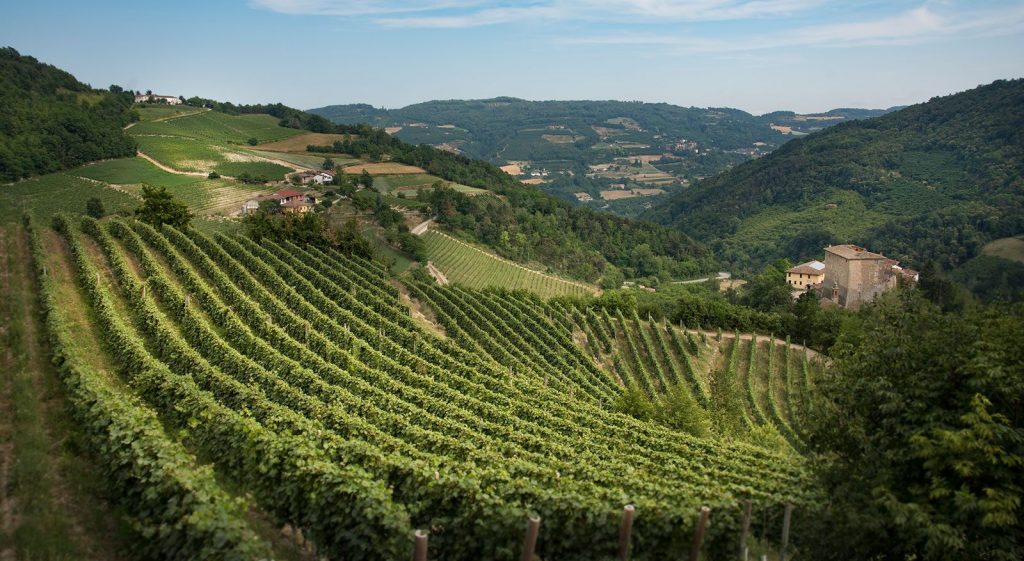
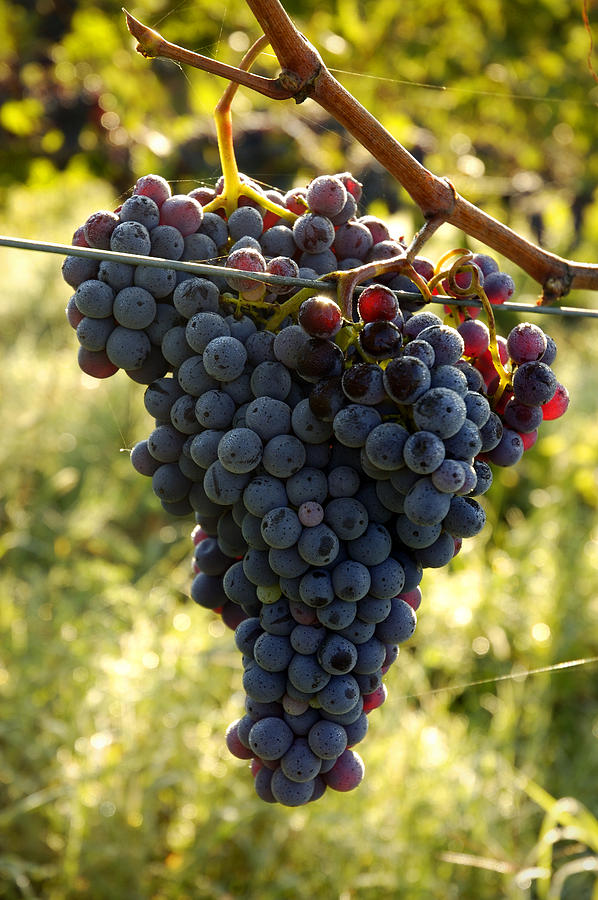
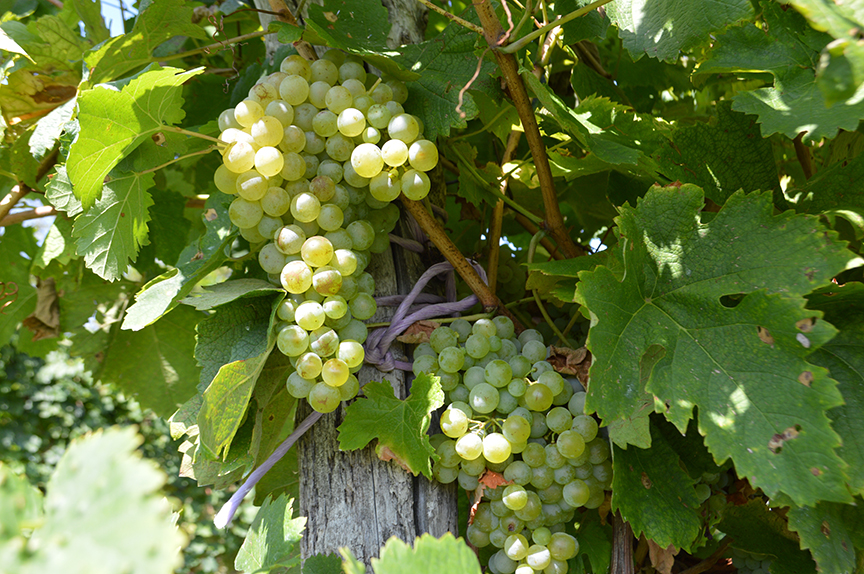

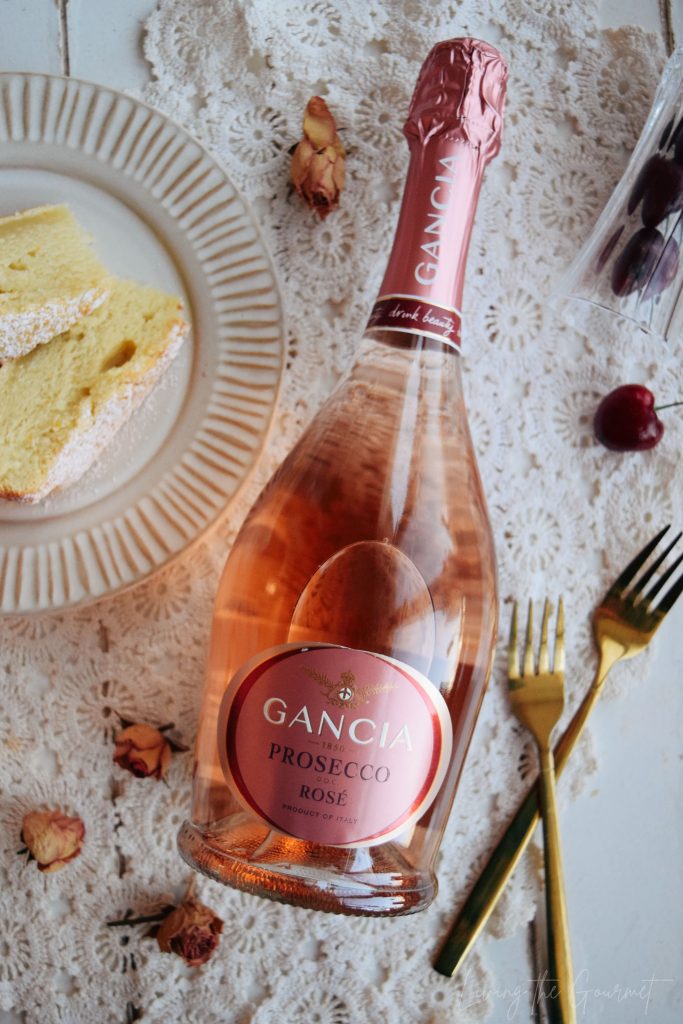
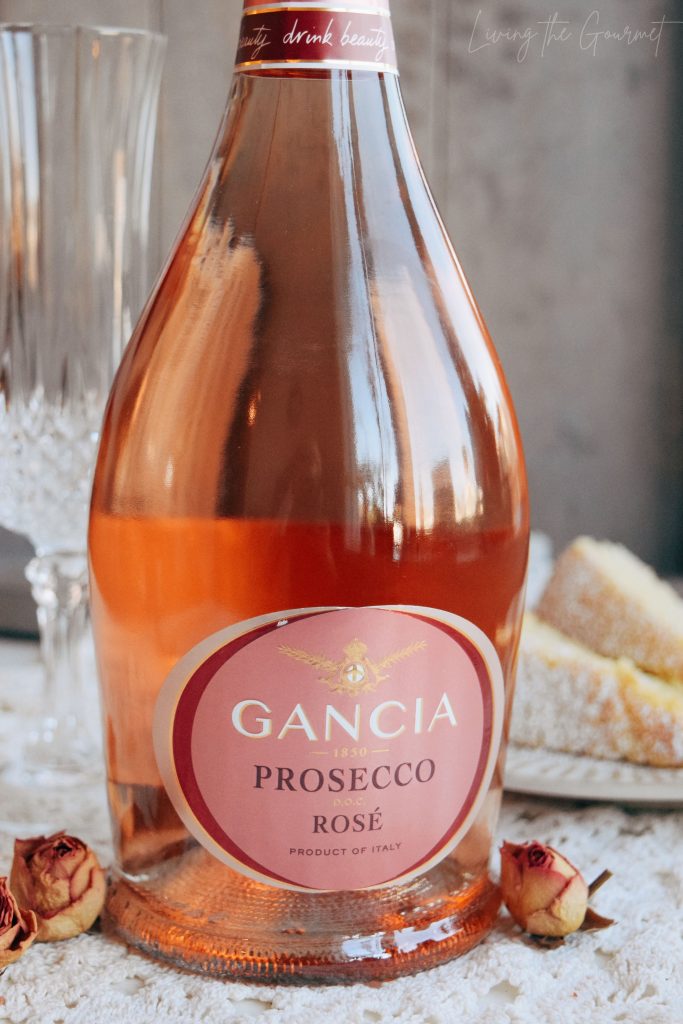
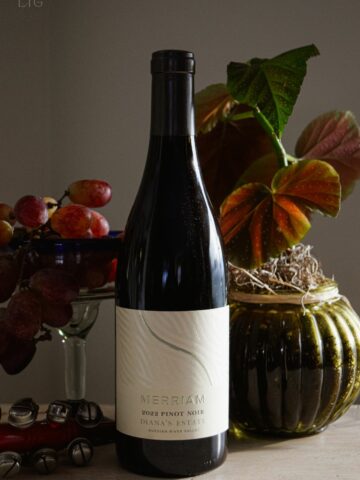
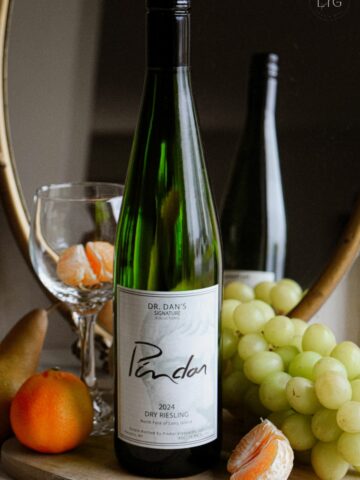

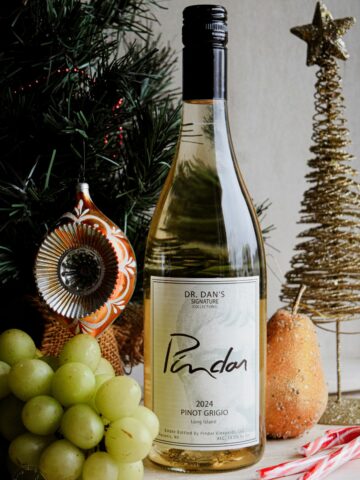
Yeah Lifestyle says
I personally don't like drinking Prosecco but I have tried Itallian Prosecco before and totally love it, so would love to taste these flavours from Gancia
Rhian Westbury says
I'm not the biggest wine fan but the prosecco looks lovely. And I love the sound of the notes of sliced plum and blackberry preserves, sounds lovely x
Fay Doyle says
Really enjoyed reading this - it was fascinating to hear more about the processes. I love Italian wine!
MELANIE EDJOURIAN says
I think the red would be ideal for my husband and the rose for me. I do like to enjoy prosecco with a meal on occasion and am very much into salads so that works well.
Malaika Archer says
I have little knowledge of wine, but I am always impressed by someone who can recognize aromas, flavors, acidity and make recommendations on pairings. Quite an interesting piece.